Before diving into the details, here’s the short answer most families are looking for:
- Non-electric cargo bike: around €1,200–€2,500
- Entry-level electric (mid-tail/rear carrier type): around €2,500–€3,800
- Family-style front-loader or long-tail (the mainstream choice): around €3,800–€5,500
- High-end/heavy-duty/long-range: around €5,500–€9,000+
- Second-hand or refurbished: around €800–€3,000 (depending on condition and battery health)
👉 Do you really need to spend €5,000? Not always. For many families, the sweet spot lies between €3,000 and €4,500, enough to cover school runs, shopping trips and commuting without compromise. The final decision depends on your terrain, load, daily mileage and how many children you plan to carry.
More detailed guide of cargobike types
Why Are Cargo Bikes More Expensive Than Ordinary Bicycles?
 When parents first see the family bike price, it can feel surprising—sometimes even more than a second-hand car. Here’s why:
When parents first see the family bike price, it can feel surprising—sometimes even more than a second-hand car. Here’s why:
- Power systems: A mid-drive motor offers stronger torque and better reliability compared to cheaper hub motors. Battery quality and size also play a huge role in both cost and riding range.
- Frame and materials: Unlike a standard bicycle, a family bicycle needs reinforced tubing, heavier-duty welds and strict load tests—especially if it’s designed to carry children safely.
- Braking and safety parts: Expect larger hydraulic disc brakes, secure harnesses, padded child seats, strong lighting and reflective details.
- Certification and warranty: Meeting EU safety standards and offering solid after-sales guarantees all add to the price.
- Assembly and service: Professional set-up, adjustment, and access to a dealer or service network aren’t free—but they ensure peace of mind.
Do I Really Need to Spend €5,000? — Scene-Based “Good Enough” Advice
 Not every family needs a top-tier model. Here’s a breakdown of which budget suits which scenario.
Not every family needs a top-tier model. Here’s a breakdown of which budget suits which scenario.
Flat City + One Child + Commute ≤10 km
- Budget: €2,500–€3,800
- Bike Type: Entry-level electric cargo bike (often mid-tail)
- Why: Handling is similar to a regular bike, it’s easy to store, and perfect for carrying one child plus groceries.
Hilly Terrain + Two Children + Commute 10–20 km
- Budget: €3,800–€5,500
- Bike Type: Front-loader box bike or a high-torque long-tail
- Why: You’ll want more stability, clear forward visibility of your children, and stronger power and braking.
Heavy Loads / Small Business Use + All-Weather Riding
- Budget: €5,500–€9,000+
- Bike Type: Heavy-duty e-cargo with bigger batteries, often dual-battery setups
- Why: Stronger frames, longer battery life and high reliability to cope with daily use.
A Quick Look at Price Ranges
- Non-electric cargo bikes: €1,200–€2,500 (ideal for sporty riders or flat cities)
- Mid-tail e-cargo: €2,500–€3,800 (good family entry point)
- Front-loader or long-tail: €3,800–€5,500 (mainstream family choice)
- Cargo trikes and heavy-duty models: €4,500–€9,000+
- Second-hand or refurbished: €800–€3,000 (check battery cycles, brakes and wheels)
Where Does the Money Go? Hidden Costs Explained
Power System: Motor and Battery
A mid-drive motor with torque sensors feels smooth and natural, while larger battery platforms (and dual-battery options) extend range but raise costs.
Frame and Cargo Box
Strong welds and torsional rigidity are essential. Cargo boxes can be wooden cargo boxes with weather protection or composite, UV-resistant options.
Safety and Handling
Hydraulic disc brakes, child restraints, and designs with long wheelbases or low centres of gravity make the bike safe and stable.
Certification, Warranty and Service
Good after-sales service, spare part availability and compliance testing all come at a price—but they ensure long-term safety.
How to Save Money Without Sacrificing Safety
Where You Can Save
- Battery capacity: Start with a single battery and upgrade later if your routes demand it.
- Accessory bundles: Buying rain covers or child seats as a set often works out cheaper.
- Demo or display models: Shops often discount test-ride or last-season bikes.
- Second-hand/refurbished: A battery health check and frame inspection are essential.
Where You Shouldn’t Cut Corners
- Braking system: Always choose hydraulic discs with large rotors.
- Frame and box structure: Safety for you and your children comes first.
- Child safety equipment: Certified harnesses, mounts and seats are worth every cent.
Lowering Total Cost of Ownership (TCO)
- Regular chain or belt maintenance reduces wear and keeps energy use low.
- Proper charging habits extend battery life.
- Insurance or GPS anti-theft trackers prevent bigger losses.
Core Points for Beginners Buying a Cargo Bike
- Routes and terrain: Hills demand stronger motors and lower gears.
- Load and seating: Think about today’s needs and your children’s growth in the next two years.
- Test rides: Compare front-loader vs long-tail vs mid-tail to find what you feel comfortable with.
- Parking and storage: Measure corridors, lifts or garden space for charging.
- Service access: A nearby dealer or workshop makes a huge difference.
- Resale value: Popular brands and models hold their value better.
So Is a Cargo Bike Right for You? Click here for Everything Families Need to Know in 2025
FAQ: Common Questions Families Ask
“Why are family bikes so much more expensive than normal bikes?”
Because they’re designed for higher loads, stricter safety standards, stronger motors and longer-lasting components.
“How long will the battery last, and what does replacement cost?”
Typically several years if cared for. A replacement battery is one of the biggest long-term expenses.
Complete Battery Maintenance Tips for Electric Bikes here
“Can a cargo bike really replace a second car?”
For many households—yes. It depends on your daily distance, weather tolerance, cargo needs and storage situation.
“Should I choose a mid-tail or a front-loader?”
Mid-tails are easier to park and handle like regular bikes. Front-loaders give better visibility and bigger capacity. Always test ride both.
“Where does the family bike price difference really come from?”
From the motor system, battery size, electronics and braking specifications. These components drive the biggest gaps.
Pre-Purchase Checklist (Print or Save This)
- Budget range & 3-year usage scenario
- Must-have vs optional accessories
- Test-ride at least two different structures
- Warranty terms and nearest service centre
- Insurance or theft protection plan
- Delivery times and spare part availability
Conclusion
If your main use is school runs and local shopping, you probably don’t need to stretch to €5,000+. If you’re aiming for long-distance commutes, heavy loads or all-weather reliability, then a heavy-duty cargo e-bike is a sound investment—bringing more consistent use and lower long-term costs.
Ultimately, whether you’re comparing the family bike price or searching for the best cargo bikes for families, focus first on your routes, load and storage options. Match those needs to your budget, and you’ll likely find that the “good enough and safe” choice is closer—and more affordable—than you think.
Maybe you want to know: How Easy Is It To Ride & Own a Cargo Bike?

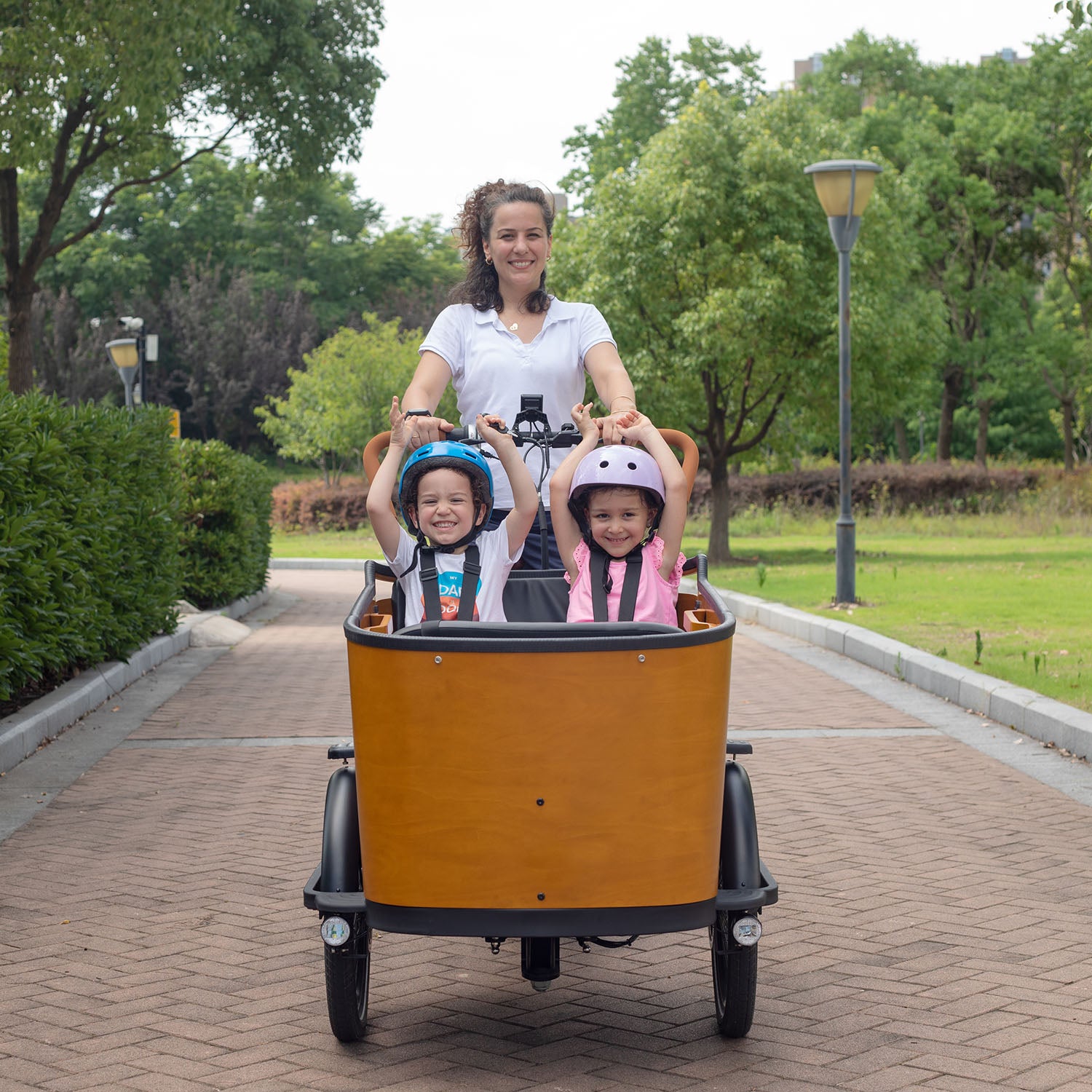
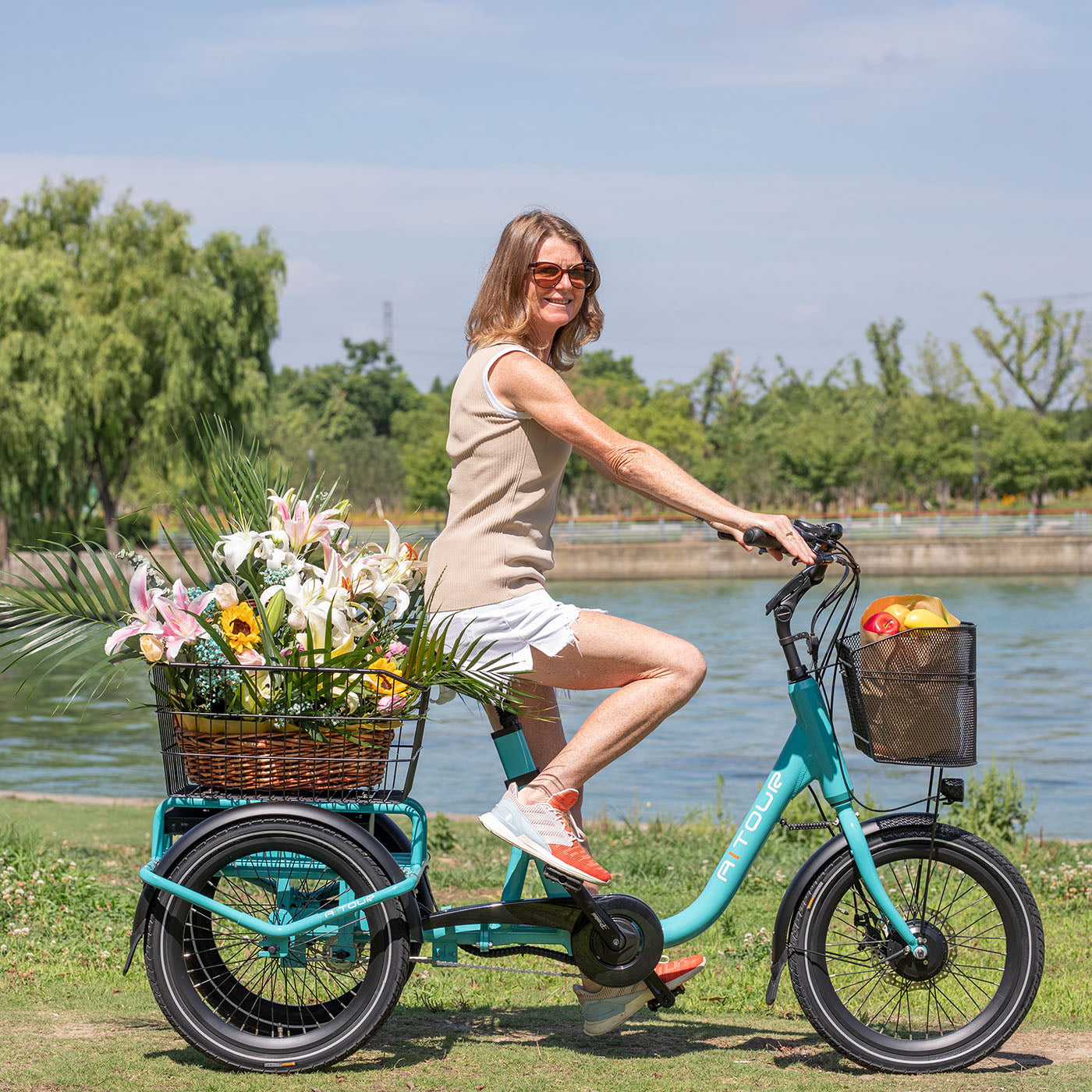
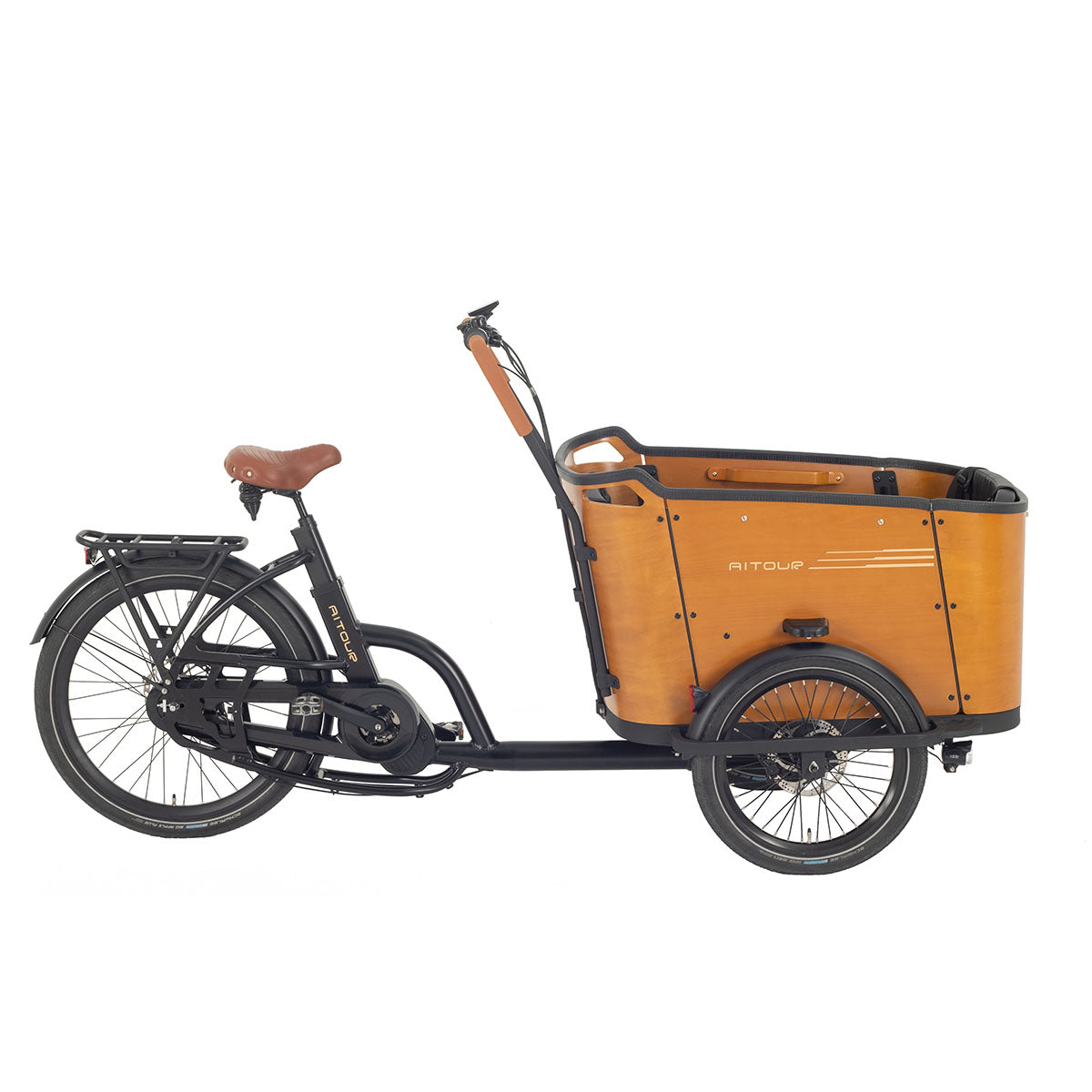
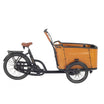
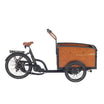
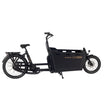
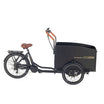

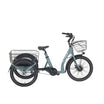
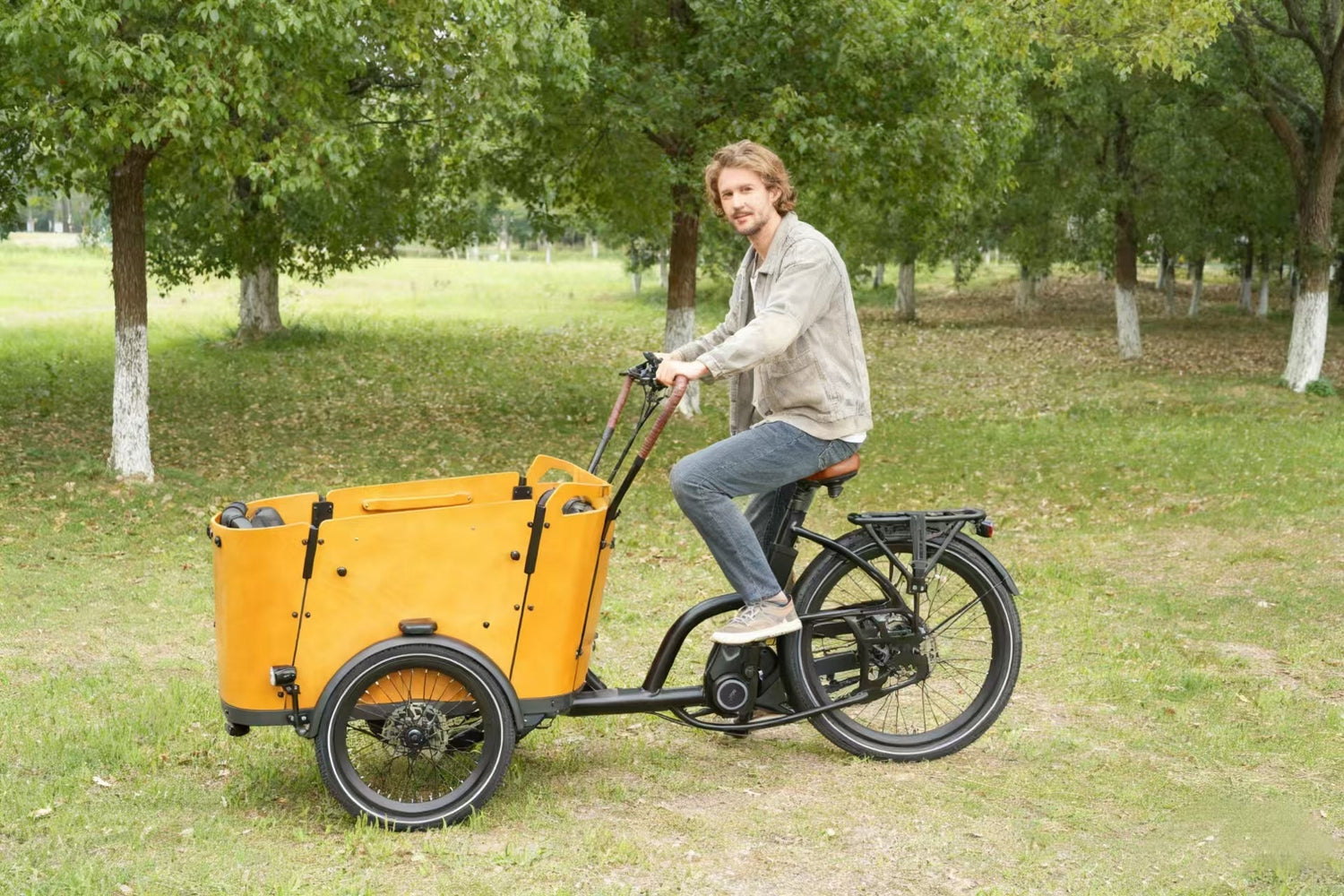

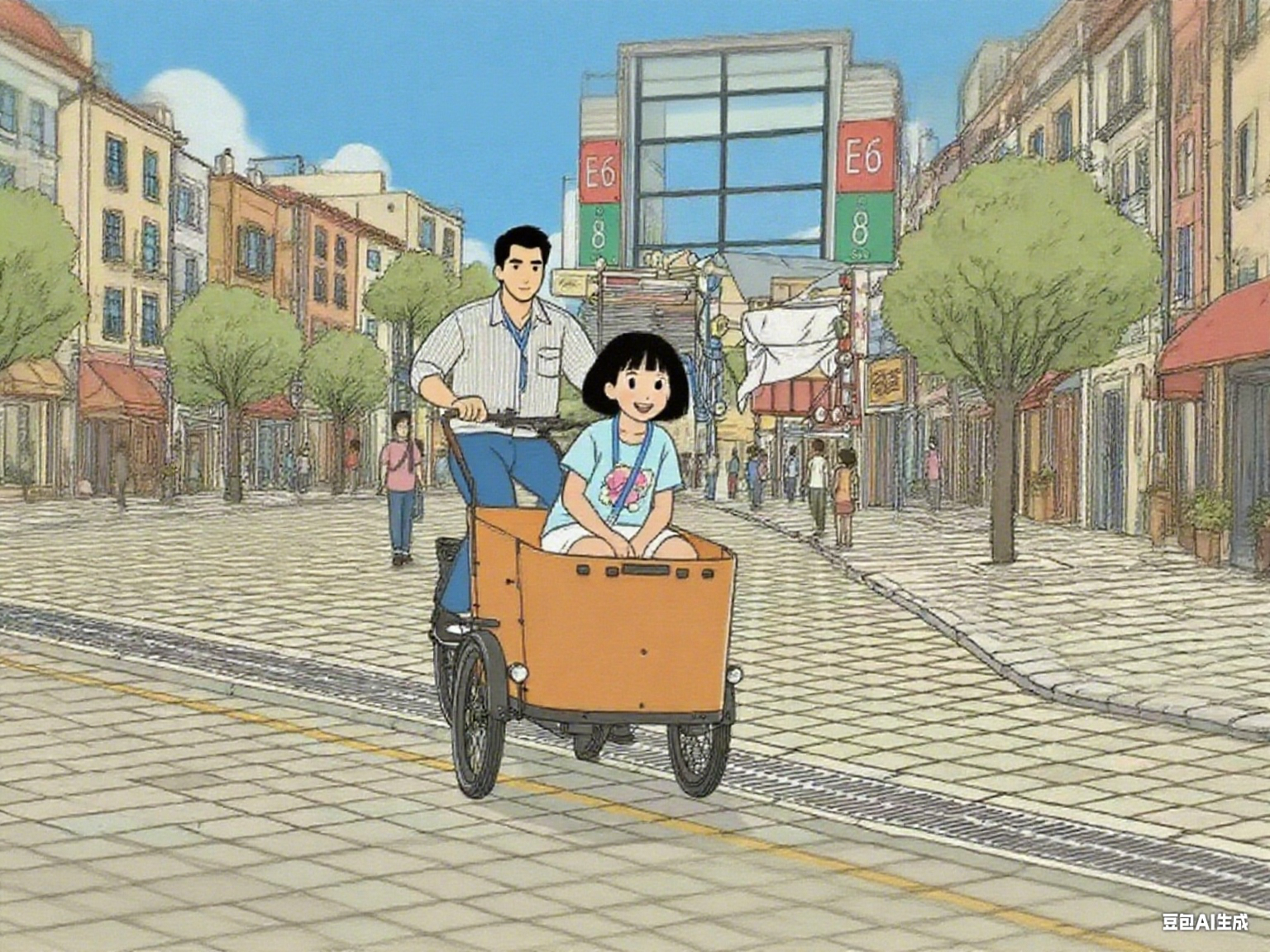
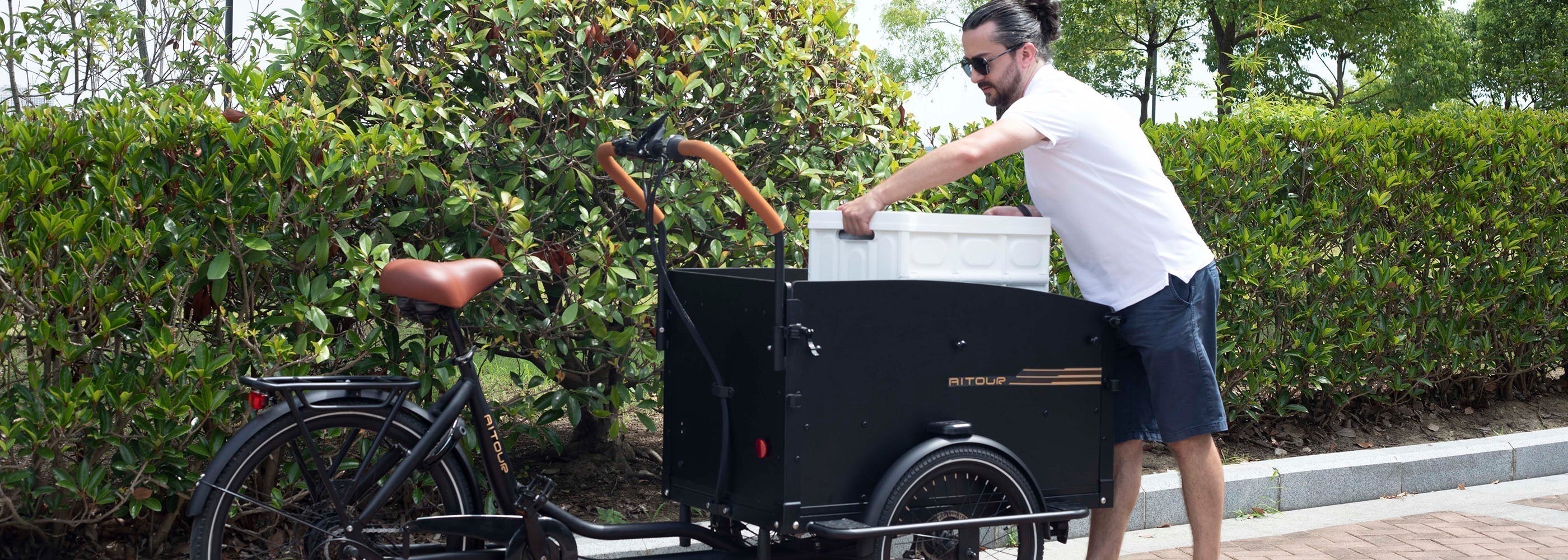
Leave a comment
All comments are moderated before being published.
This site is protected by hCaptcha and the hCaptcha Privacy Policy and Terms of Service apply.